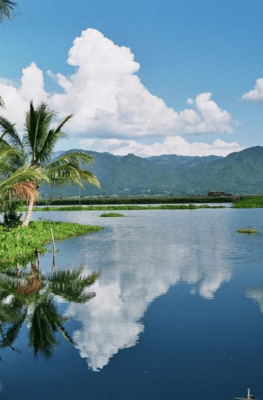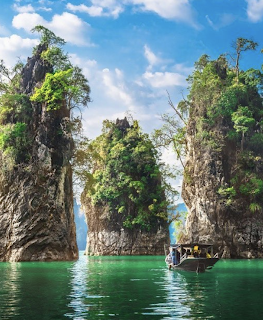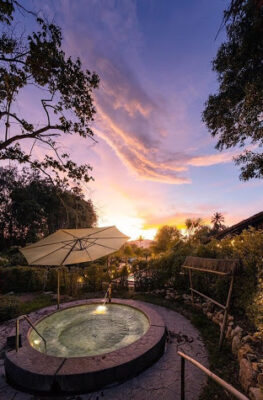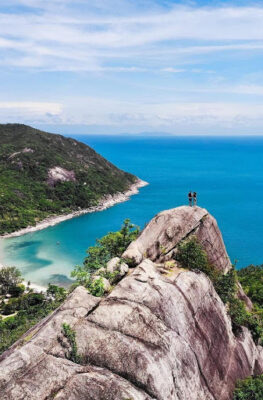Published on January 14, 2010
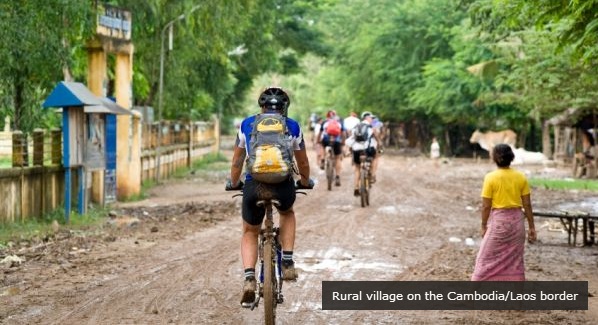
Southeast Asia, and Indochina in particular, offer some of the world’s best cycling routes; spectacular journeys along tropical coastlines, through verdant jungle and rice terraces, and over craggy mountain ranges.
span>The variety of rides is simply staggering, from highly technical mountain biking and long haul road trips to gentle rides and brief excursions suitable for novices. You can chose to go it alone, but often hooking up with a quality tour company is a safer bet – the support vehicles can be mighty tempting when temperatures hit 35 degrees Celsius.
One of the greatest things about getting on a bike in one of the world’s most culturally diverse regions is, not only does it afford you the chance to get off the beaten path and explore places most tourists simply pass through on bus, train or taxi, its also offers a fresh perspective on urban centres and well-known towns.
Bangkok is a prime example of this. You can tour the backstreets of Chinatown, hop across the river to Samut Prakan, the city’s green lung which bristles with coconut groves and fruit farms, or go slightly further a field to Minburi where rural Bangkok opens up along the banks of the San Saeb canal.
While mountain biking can be enjoyed in Thailand’s National Parks, such as Khao Yai and Kaeng Krachan, the ultimate road trip has to be the Chiang Mai-Mae Hong Son loop.
The full circuit is more than 620km and takes in a whopping 1,864 bends. It mostly follows routes 1263, 108 and 1095 and snakes alongside the Moei River, which forms a natural border with Myanmar, following the Pai River a while later.
The landscape is jaw-dropping — limestone karsts punctuate the scenery bedecked with jungle and rice terraces, while the scent of paddy and wild flowers fills the air — and there are a number of natural wonders, including some of the longest caves in Asia and hot springs aplenty. But more than this, the area is also one of the country’s most ethnically diverse: people from local hilltribe communities, such as the Akha, Lisu, Karen and Shan walk to work along the roads dressed in traditional garbs.
The vibrant mix of culture, history and cuisine, gives each of the towns on the circuit a distinct character and energy, with the key stopping-off points being Mae Sot, Mae Sariang, Mae Hong Son, Soppong and Pai.
Laos offers a host of cycling adventures for enthusiast and newbie alike, from the mountainous north to the flat Bolovan plateau in the south.
Some of the best cycling is in and around Luang Prabang. A good route follows the Nam Ou River and the Nong Kiau valley eventually ending in Udom Xai and Muang Khua near the Vietnamese border, having passed through undulating hills, rural villages and lush jungle. While a breathtaking ride, it can be a hard slog at several hundred kilometres, so shorter trips from Luang Prabang visit the Pak Ou caves and Krungsri Falls may be recommended.
Vietnam’s most popular cycling route, and regarded by many as one of the world’s greatest, is National Highway 1. The road travels the whole length of the country, from Huu Nghi at the Chinese border in the north to Gau Da Ha in the Mekong Delta. It passes through some of country’s most scenic provinces and cultural cities, including Lang Son, Cao Bang, Lao Cai, Hanoi, Vinh, Hue, Danang and Saigon.
A surprising number of people cycle the entire 2,300 km, which involves crossing some 874 bridges, but its is simple enough to arrange to travel on shorter sections or to use a combination of bus, train and bike to make the whole affair easier. The iconic road takes in rural villages and limestone valleys in the north (including the enigmatic Ha Long Bay) and follows the coastline down to the lavish southern beach resorts.
If in Cambodia, a day or two cycling around magnificent temples and ruins and Angkor Wat is hard to top. But the more adventurous may decide to head from Siem Reap to the capital of Phnom Penh, passing sites such as the sandstone citadel of Anteay Srei and stopping off at the impressive Tonle Sap Lake.
From Phnom Penh the route to the popular seaside town of Sihanoukville passes through hidden gems like the Phnom Sia limestone caves before arriving at the seaside town of Kep. The winding road continues through the natural wonders of the Bokor National Park before the traffic picks up on the way to coming to Sihanoukville town.
For more information on cycling in Southeast Asia, check out:
- Spice Roads www.spiceroads.com
- VeloAsia www.veloasia.com
- Cambodia Cycling www.cambodiacycling.com
Greg has lived Bangkok for eight years, arriving on his mountain-bike, after pedaling through Mongolia, Tibet and Nepal. He recently updated the latest Insight Guides: Thailand’s Beaches and Islands and writes regularly for Travel + Leisure Southeast Asia, Bangkok Post, Business Times, South China Morning Post and Fah Thai. See thegreglowe.com for more info.



